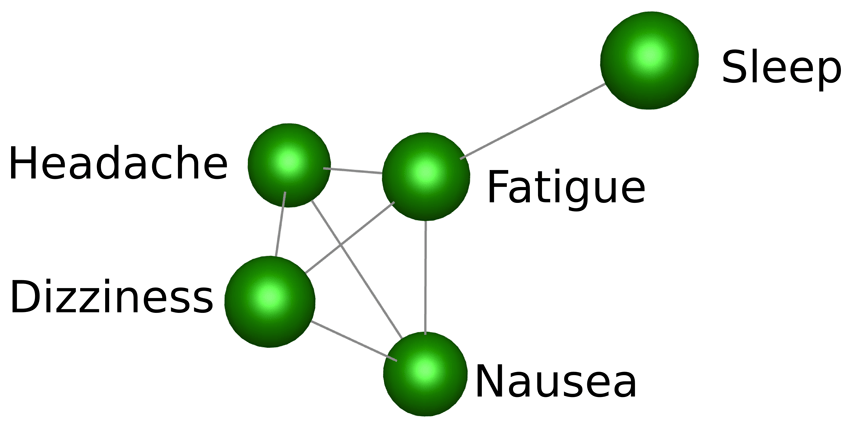Do you feel Sick in Mountains?
Large numbers of people travel to high altitudes for recreational pursuits, such as mountaineering, trekking,and skiing. Although altitude travel is without incident in most cases, some of these children develop symptoms that may be attributed to altitude exposure,
AMS (Acute Mountain sickness ) is characterized by non-specific symptoms.  It occurs in those in those persons who has recently arrived at an altitude above 2500 m. The main symptoms areheadache, anorexia, nausea, vomiting, fatigue, dizziness, and sleep disturbance, but not all need to be present.
Symptoms usually appear 6–12 h after arrival at high altitude.
Prevention : –
Sun exposure :- Reflection from snow layer at high altitude make the risk of solar ultraviolet radiation burns more likely than at sea level. Children are more likely to burn than adults if exposed to excess sun. Appropriate sun-block creams hats and longsleeves, and goggles should be used to prevent sunburn or snow blindness.
Children with preexisting Illnesses :-  Children with certain underlying chronic medical conditions may be at increased risk of developing acute mountain sickness. Those who have chronic lung , heart and blood related problems should refrain from going to altitudes above 2500 m. Children traveling to high altitude with a pre-existing illness such as upper respiratory tract infection, Persistent cough , ear infection, throat infection  are more prone to acute mountain sickness . parents should get these checked by their pediatricians and get it treated first,  before going to high altitudes
Intercurrent illness might increase the risk of altitude illness.
Altitude illness is especially difficult to recognize less than 3 years, extra caution is required while travelling with these children.
Cold exposure :- Infants and small children are particularly vulnerable to the effects of cold because of their large surface area to volume ratio. The child is at risk of hypothermia. Adequate clothing is essential to prevent hypothermia, and frostbite.
Group travel / school trip:- It is essential that organizations planning to go to altitudes above 2500 m plan an itinerary that allows graded ascent, rest days, easy descent, and a flexible itinerary in case of illness. They should have :-
- Assessment of past medical history for each child.
- Education of parents, staff, and children about altitude illness and other expedition health hazards.
- first aid training kit for staff members and preparation of an appropriate first aid kit.
- Emergency and evacuation planning, including means of communication in an emergency.
The best way to prevent AMS is to ascend gradually to allow sufficient time so that our body adjusts to the high altitude .
- Spend a night at an intermediate altitude
- Exertion should be kept to a minimum. ,
- Avoid direct transport to an altitude of more than 2750 m ,
- Ascents higher than 3000 m that are prolonged for more than 1 day or require sleeping above 3000 m are risky .



Leave a Reply